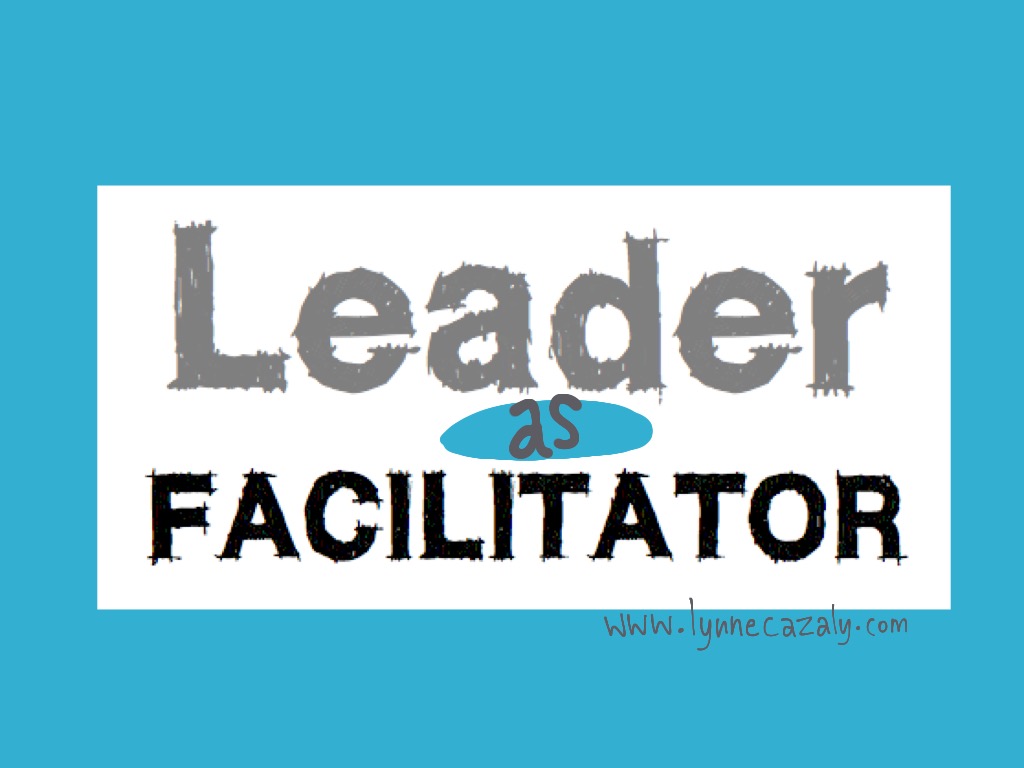Handling the sh*t that goes down in teams
 Wednesday, May 18, 2016 at 5:18AM
Wednesday, May 18, 2016 at 5:18AM Whether it's in a meeting, a conversation, a workshop or general day-to-day stuff, when you get people together, it's natural that some sh*t is gonna go down.
People being humans, that's all. Trying to get something done to the best of their ability, trying to work with others, work with constraints of time, budgets, environments and .... other people!
You've likely seen it today... stuff going down like:
- someone interrupting someone else
- another person who's all-talk and waffle
- some blame going on
- not getting to a decision (in a meeting that was meant to come up with a decision!)
- people who have views but aren't expressing them at the all-important meeting
- some people not seeming to listen because you just explained it, again
- ... and some dude going on and on and not making much sense.
These are all human behaviours and they can be handled, clarified, refocused and made sweet so you can get on and do the great work you've got to do.
You don't need to 'slap down' people or to bark out "order" in a meeting or workshop session. Neither do you need to be the soft-as person who just lets it all go wildly off-track. (Urgh, don't you just wish the meeting leader would DO something to bring it back on track!)
I see there are four things you need to do to handle the sh*t that goes down:
1. Get your own sh*t together
Yes, you be a leader. You need to get ready to lead a meeting or brief a team, or elicit information or be prepped for that thing you're about to do. Think mindset, get ready and be in the right 'space' to do this thing.
2. You make the environment
Some people brighten up a room just by leaving it. Don't be that person. Don't. Be the person that people go 'Oh thank goodness you're here; now we'll get great stuff done'. You impact the vibe in a room by what you say, do, how you look, how you handle every little thing. Eye-rolls, sighs and other verbal nasties leak out of us all. Keep the environment positive, productive, focused, creative. You influence the environment and you can change it if it's not working.
3. Follow some type of process
Don't wing it or make it up as you go along. There are many tools, models and processes you can apply and follow to make for a good interaction in a team. I love my Facilitator 4-Step process (the visual is about to be translated into Spanish) to help people move from giving their opinions, to coming up with ideas, to finally committing to action. Otherwise, you'll be lost in an infinity loop of 'OMG when is this thing gonna end'. Even if your process is a series of three or four questions, it's a process nonetheless.
4. Respond. Handle what happens.
When you're ready, the environment is good and you've got a process you're running... then all you have to do is handle what crops up in the session. You'll have your attention on the people and the work to be done, rather than your agenda or the timing or how you're feeling.
Too often we're killing collaboration and diversity - without even knowing it. "Gulp, what me? No, surely not."
So look out leader, there's this contemporary capability I call Leader as Facilitator. You've got to achieve an outcome, get people on board and keep engagement high. It really is a balancing act. And it doesn't happen by accident or by 'winging it'.
Think about it. Be ready. Do these four things so you're ready to handle what happens in the moment. No sh*t.






















